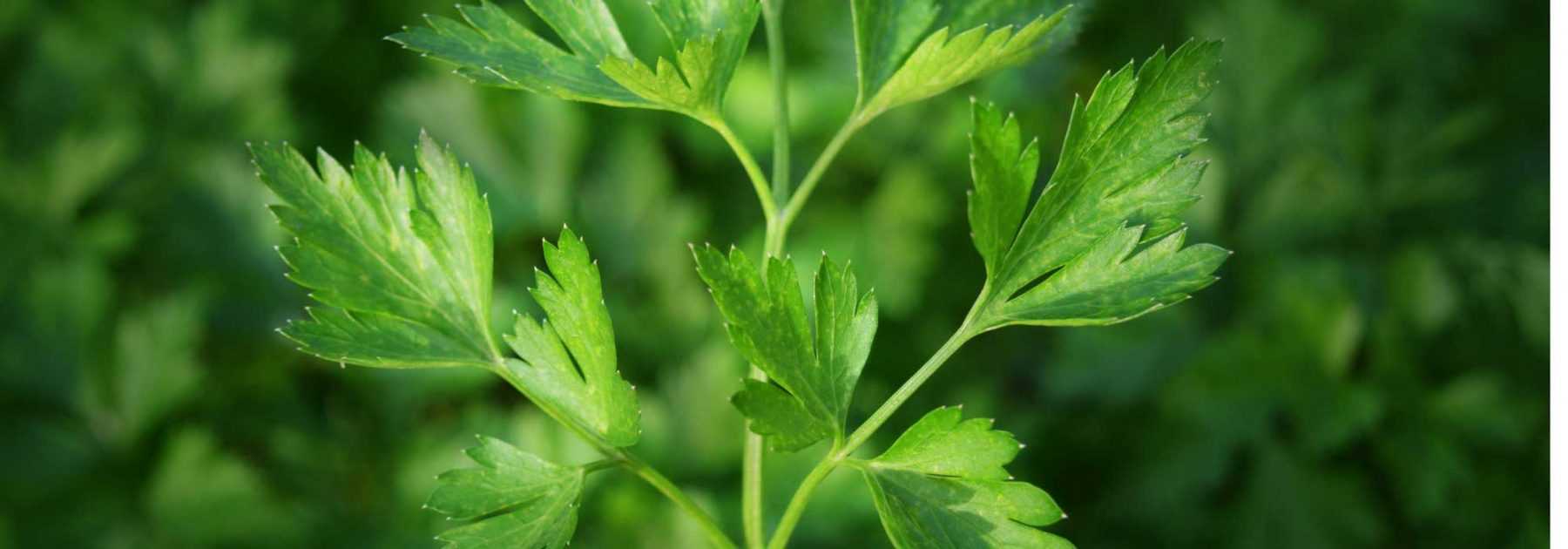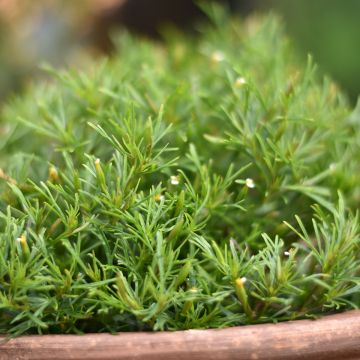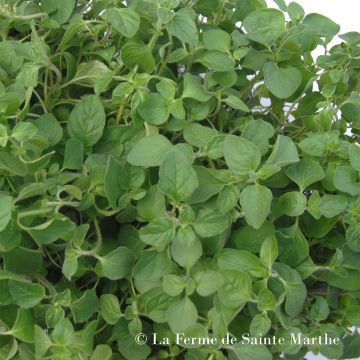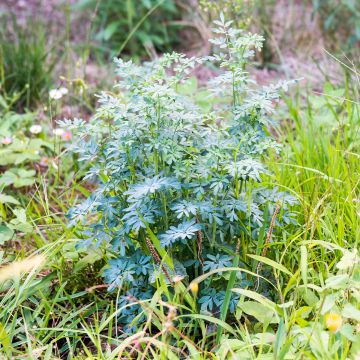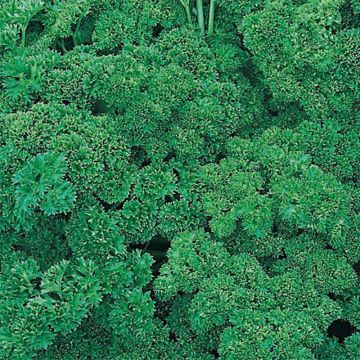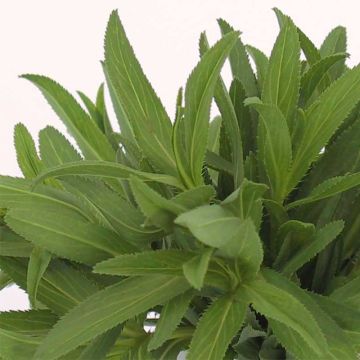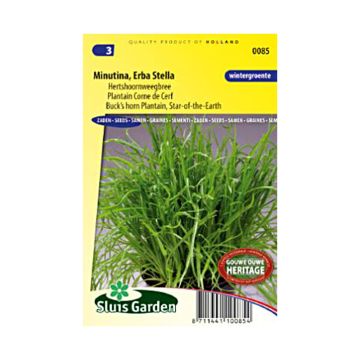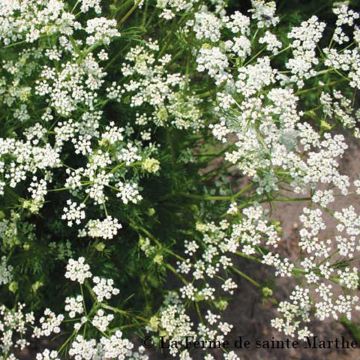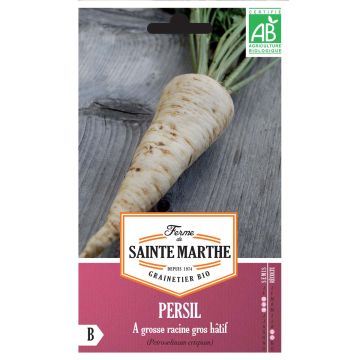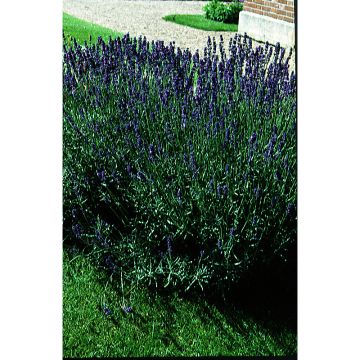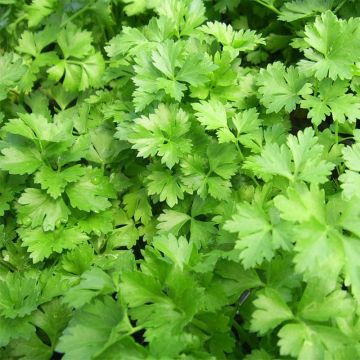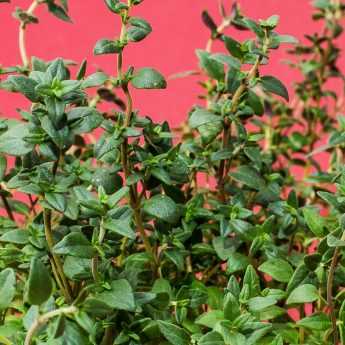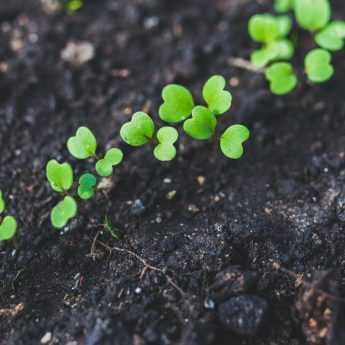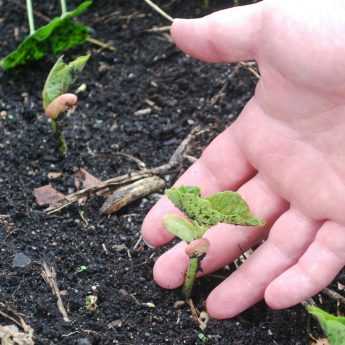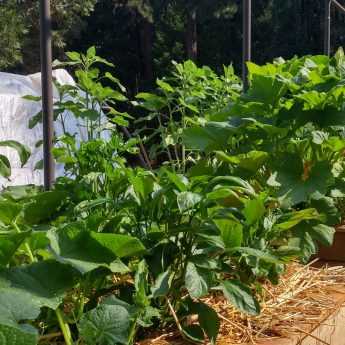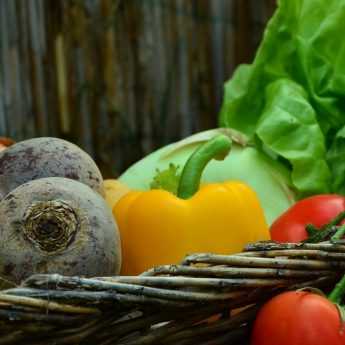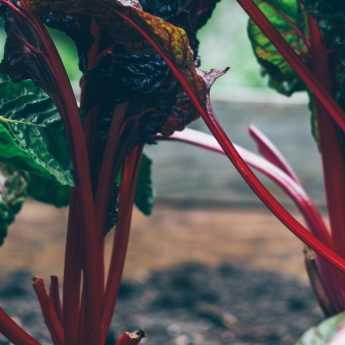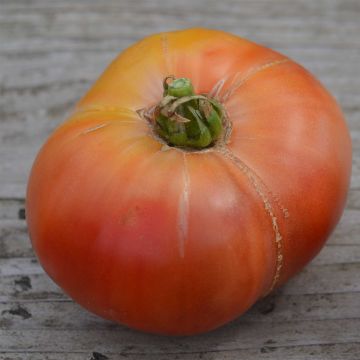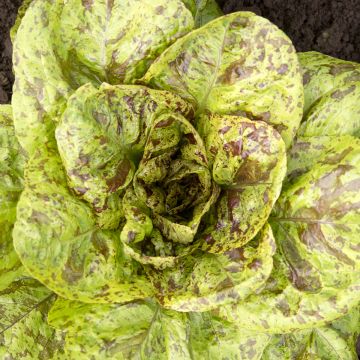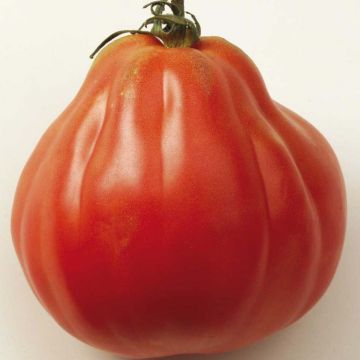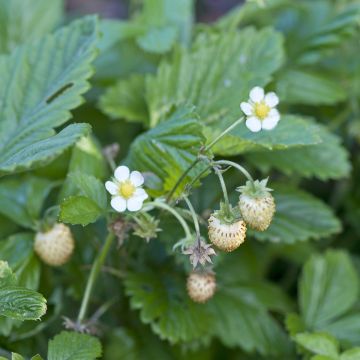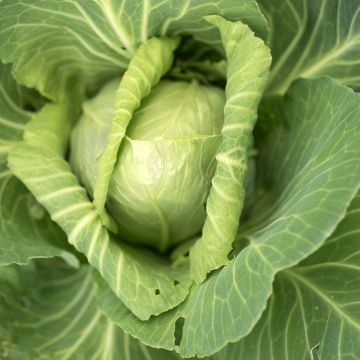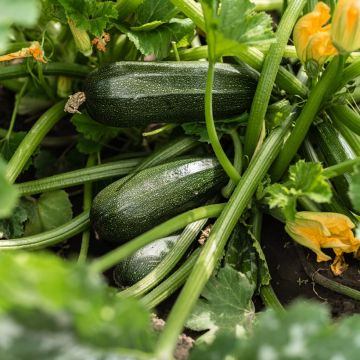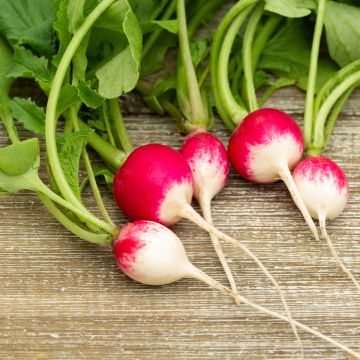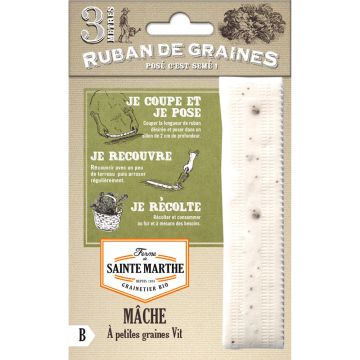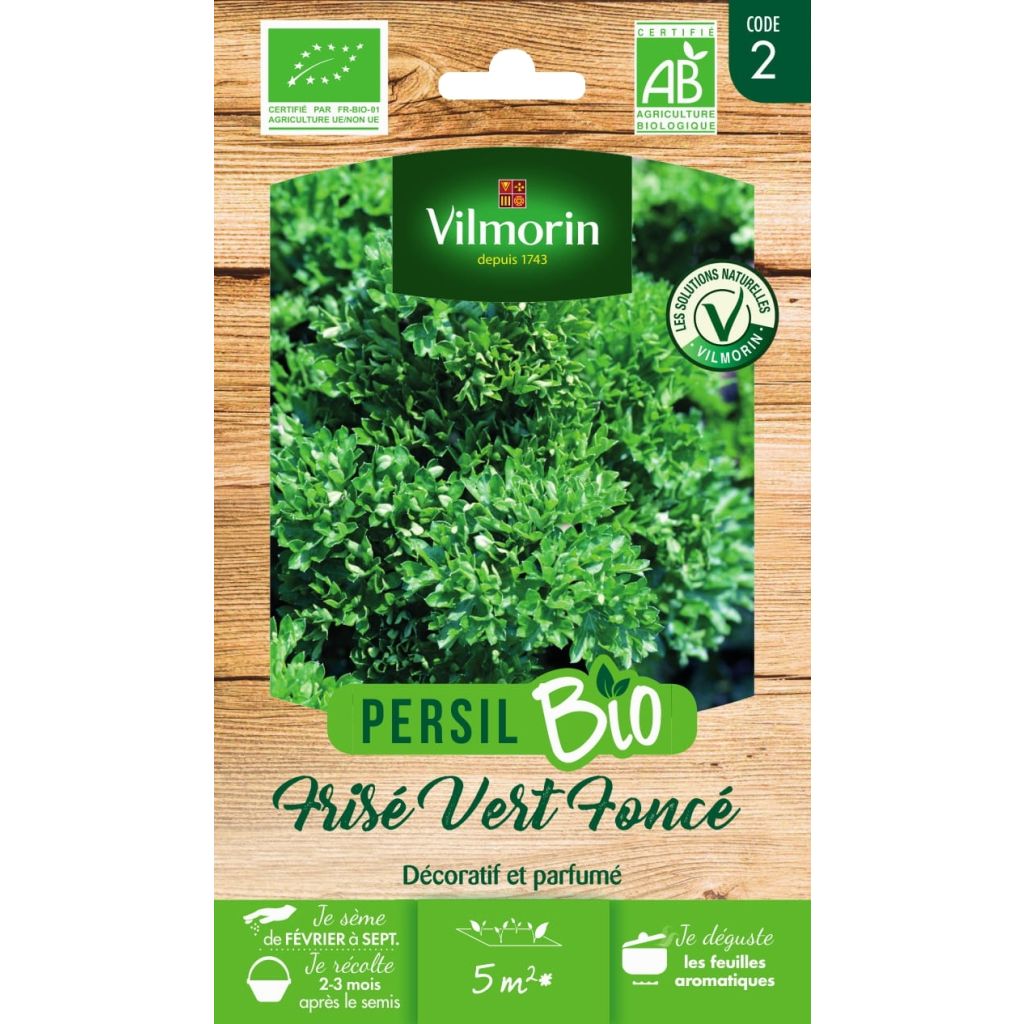

Persil frisé vert foncé Bio - Vilmorin
Curly Parsley Organic - Vilmorin Seeds
Petroselinum crispum Vert Foncé Bio
Garden Parsley, French Parsley
This item cannot be shipped to the selected country
Dispatch by letter from €3.90
More information
Dispatch by letter from €3.90
More information
Schedule delivery date,
and select date in basket
This plant carries a 6 months recovery warranty
More information
We guarantee the quality of our plants for a full growing cycle, and will replace at our expense any plant that fails to recover under normal climatic and planting conditions.
Seed-only orders are dispatched by sealed envelope. The delivery charge for seed-only orders is €3.90.
Description
Curly Parsley is a classic variety that produces attractive dense, dark green frilly leaves on 40 cm high plants. It is a great cut-and-come again herb as it soon puts out new leaves after harvesting. Suitable for growing in pots! Sow from February to September for year-round harvests.
Parsley is a biennial aromatic plant, generally grown as an annual, native to the Mediterranean region. It belongs to the Apiaceae family and is widely used as a fresh culinary herb. There are two main types of parsley: Italian flat parsley which is considered to have a more robust flavour, and curly French parsley which is usually used as a garnish. Less common is Hamburg parsley, grown for its thick, parsnip-like taproots.
During its second year, parsley produces umbels of tiny yellowish-green to white flowers. The flower heads then develop seeds which can be harvested and dried for sowing the following year.
Parsley is very rich in vitamins A and C, trace elements and minerals. Parsley leaves can be eaten raw to flavour or garnish salads, or cooked in omelettes, soups and sauces. Save the stems for making bouquet garni, a French classic herb mixture used for flavouring casseroles, stews, stocks etc. that also includes thyme, rosemary and laurel leaves.
Harvesting: Parsley leaves can be picked all year round, simply snip the outer leaves off with scissors as and when required. Regular harvesting will encourage new leaf production.
Storage: Parsley has a fuller, richer aroma when eaten fresh. Nevertheless, the leaves can be frozen or dried for later use. To dry, hang in bunches upside down in a warm, well-ventilated room.
Good to know: Mulching with grass clippings or dead leaves is recommended, especially during hot dry spells, as this will help keep the soil moist whilst limiting weed growth.
NB. Organic seeds (in French "AB" for "Agriculture Biologique") are produced from plants that aren't treated with phytosanitary products (insecticides, weed killers). The seeds do not undergo post-harvest treatment. They carry the AB label and are approved by Ecocert, an independent structure.
Harvest
Plant habit
Foliage
Botanical data
Petroselinum
crispum
Vert Foncé Bio
Apiaceae
Garden Parsley, French Parsley
Cultivar or hybrid
Biennial
Other Herb seeds
View all →Planting and care
Seedlings
Care
Intended location
Planting & care advice
This item has not been reviewed yet - be the first to leave a review about it.
Vegetable seeds
Haven't found what you were looking for?
Hardiness is the lowest winter temperature a plant can endure without suffering serious damage or even dying. However, hardiness is affected by location (a sheltered area, such as a patio), protection (winter cover) and soil type (hardiness is improved by well-drained soil).

Photo Sharing Terms & Conditions
In order to encourage gardeners to interact and share their experiences, Promesse de fleurs offers various media enabling content to be uploaded onto its Site - in particular via the ‘Photo sharing’ module.
The User agrees to refrain from:
- Posting any content that is illegal, prejudicial, insulting, racist, inciteful to hatred, revisionist, contrary to public decency, that infringes on privacy or on the privacy rights of third parties, in particular the publicity rights of persons and goods, intellectual property rights, or the right to privacy.
- Submitting content on behalf of a third party;
- Impersonate the identity of a third party and/or publish any personal information about a third party;
In general, the User undertakes to refrain from any unethical behaviour.
All Content (in particular text, comments, files, images, photos, videos, creative works, etc.), which may be subject to property or intellectual property rights, image or other private rights, shall remain the property of the User, subject to the limited rights granted by the terms of the licence granted by Promesse de fleurs as stated below. Users are at liberty to publish or not to publish such Content on the Site, notably via the ‘Photo Sharing’ facility, and accept that this Content shall be made public and freely accessible, notably on the Internet.
Users further acknowledge, undertake to have ,and guarantee that they hold all necessary rights and permissions to publish such material on the Site, in particular with regard to the legislation in force pertaining to any privacy, property, intellectual property, image, or contractual rights, or rights of any other nature. By publishing such Content on the Site, Users acknowledge accepting full liability as publishers of the Content within the meaning of the law, and grant Promesse de fleurs, free of charge, an inclusive, worldwide licence for the said Content for the entire duration of its publication, including all reproduction, representation, up/downloading, displaying, performing, transmission, and storage rights.
Users also grant permission for their name to be linked to the Content and accept that this link may not always be made available.
By engaging in posting material, Users consent to their Content becoming automatically accessible on the Internet, in particular on other sites and/or blogs and/or web pages of the Promesse de fleurs site, including in particular social pages and the Promesse de fleurs catalogue.
Users may secure the removal of entrusted content free of charge by issuing a simple request via our contact form.

































